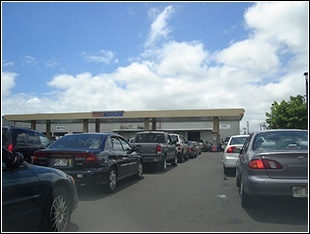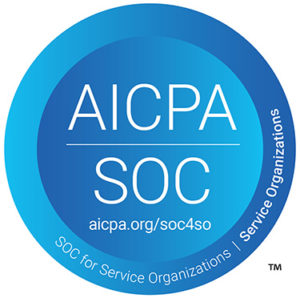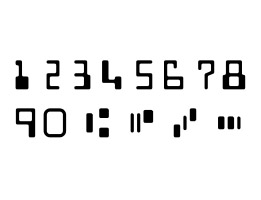In the most recent issue of Digital Transactions magazine, two articles about consumer payment habits appeared side-by-side: The first titled “Bill Pay: Paper In, Digital Payments Out,” the second “ACH Adds Some Octane to a Retailer’s Mobile App.” While the two covered completely different subject matter, a common thread was the incredibly low threshold for making consumers choose one form of payment over another.
In billpay – just as in every other segment of consumer payments – paper is going the way of the dinosaur, right? Well, surprisingly, it’s quite the opposite: In a study of 2 million billing records of utility customers in the eastern U.S., 91% of customers, including 89% of younger customers, chose to receive monthly bills by mail even when electronic billing was available. On the other hand, 71% of those same customers preferred to pay their bills electronically.
|
|
Why the sudden change of heart between receiving the bill and paying it? In the former case, consumers said they valued paper statements for the reminder they provided and for record-keeping purposes – and why not, since they were free to receive? When it came to paying, the cost of a stamp (currently 49 cents) was cited as the main reason for switching to electronic payment.
What does this tell us about consumer behavior? First, that they don’t have any inherent aversion to paper just because it’s paper. If it’s comparable in convenience and cost, it remains in play because, frankly, most people don’t care much about how they receive invoices or pay for things; they just do what’s easy.
Now, if this were always true, you might be thinking, then shouldn’t paper checks be just as popular as ever, instead of steadily declining in usage? Well, not exactly, because the truth is that in a lot of cases, some other form of payment is just better. The second part of the utility study shows us just how little it takes to tip those scales: With the average American household’s monthly utility bill coming in at $110.20 according to the U.S. Energy Information Administration, the 49 cents spent on postage represents about 0.4% of the bill itself. That’s far less than the 1% rewards given by many credit cards, 3-4% cash discounts given by gas stations, or even the 5% cash back handed out by certain credit card programs or store-specific cards.
It should come as no surprise, then, that the new payment method featured in the other article – a mobile app that uses ACH transactions to pay for gasoline and gives the customer a 10-cent discount – has been a smash success, accounting for 250 million gallons sold since its 2013 launch. In principle, there’s no fundamental difference between the discount the consumer receives from the app or what he usually receives by paying in cash, but the big difference is that he can get the discount even if he hasn’t remembered to bring any cash. That tells us that, cost being equal, customers DO place a premium on payment methods that are more convenient.
How much of a premium does convenience carry? That’s a bit harder to say. It’s a regular occurrence for people to pay the extra 3-4% for credit at a gas station, either because they don’t have cash and it’s not worth the trouble of getting some. On the other hand, it’s not uncommon to see a lot of those same people wait 20 minutes in line at a Costco gas station with prices two or three cents lower than the discount gas station up the street. While the overall proposition here is not a particularly attractive one for the customer – wait 20 minutes to save 50 cents – the outcome is almost exactly the same as going to the bank and returning with cash, except that plenty of people are perfectly willing to do it.
Factoring this into the cost tells us that 1) The cost required to change behavior may actually be even lower than the 0.4% discovered in the utility experiment; and 2) Discounts and savings that are openly quantified have a much greater impact than costs that are not.
What do we mean by that? Well, remember all the utility customers who preferred receiving paper bills because they “didn’t cost anything extra to receive?” The thing is, the customers actually were paying for those mailed bills anyway. The utility is not going to ignore the cost of printing and mailing 2 million invoices, so the cost will be passed along to customers accordingly. Of course, since it would take everybody switching to paperless billing to cause a rate decrease, it’s a matter of “who goes first” – those who consider switching gain no immediate benefit and have little incentive to do so.
We’re willing to bet it would be a different story if the utility had offered a 50-cent discount for those willing to go paperless (a 50-cent fee for paper mailers could be seen as unfair to those without Internet access). And since customer service calls and other expenses caused the cost of a mailed statement to rise to 80 cents in this case, here was an opportunity for the utility to influence behavior in a way that would benefit it as well. After all, customers overwhelmingly responded to a 0.4% price increase in the opposite direction.
A good lesson, then, for any business, is that it when payments provide the chance to affect customer behavior, it doesn’t take much more than a gentle nudge.





